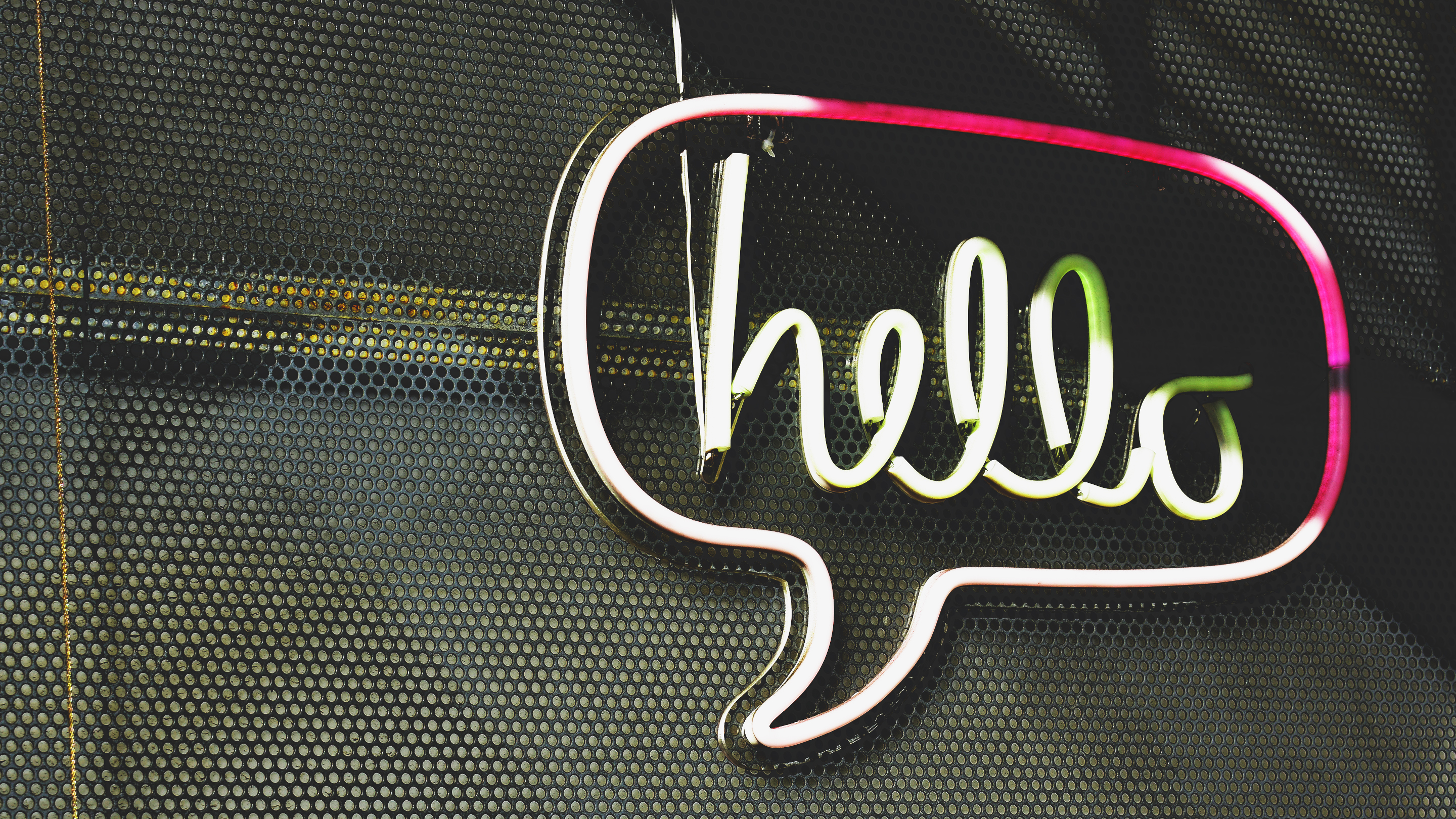
Love at First DM
“I need to slow my roll,” Jason says, seemingly as more of an apology than a proclamation. The glow of the 27-year-old’s iPhone X reflects in his glasses as he scrolls through his Instagram direct messages. He’s newly single and is taking advantage of the simplicity the app provides when beginning new conversations with women on the fringes of his social circle. The communications are respectful, straightforward—both things he appreciates in reciprocating messages—and insightful; he chats with one woman about hip hop, asks another about her interior design aesthetic. The DMs never exceed a few exchanges before Jason gets to the point: to take these conversations into the real world.
The art of DM sliding—or in non-internet speak, the act of social media direct messaging a potential romantic interest— has gotten a bad reputation as the mark of the thirsty, as meme parody fodder, and as the calling card for trolls. But that’s not to say the trick doesn’t have wide appeal. In a study conducted by Facebook late last year, data showed direct messaging usage increased by 67 percent over the last two years. However, taken seriously as a legitimate form of communication, it can speed up the dating process (message without waiting for a return right swipe), widen your dating pool, and provide context to the inquiry that you can’t get on dating apps (“I saw that cool thing you posted, tell me more”). “I think it allows people to try out interaction, in a way,” says communications and social media researcher Janelle Ward. “It can broaden the playing field because you meet more people that way. I think it’s a bridge to what we all want: human connection with other people.”
With direct messaging, I saw that she was on Tinder and knew she was single. I feel like also with Instagram, if you’re DMing someone, they can kind of tell if you’re a weirdo pretty immediately.
Of course, DMing comes with its own set of unwritten rules. “Leave out any compliments that could be misconstrued as sexual or like a catcall, so no ‘hey sexy’ or ‘you’re so beautiful,’ which give off creepy vibes,” says Samantha Burns, dating coach and author of Breaking Up & Bouncing Back. Instead, she suggests asking specific questions based on their public-facing interests and to leave their physical appearance out if it.
Dating Across the Aisle in the Age of Trump
Political feuds have become lovers' quarrels

Colin Kerrigan doesn’t play by anyone else’s rules, though. While traveling abroad solo, Kerrigan, 29, swiped right on a fellow traveler’s Tinder profile. Rather than wait for a match, he DMed her on Instagram (which she had linked to her Tinder account). They spent the next few days sightseeing together in Berlin. “I’m not one to really go up to someone [in a bar] unless the conversation happens naturally or we start conversing somehow,” Kerrigan says, “With direct messaging, I saw that she was on Tinder and knew she was single. I feel like also with Instagram, if you’re DMing someone, they can kind of tell if you’re a weirdo pretty immediately.”
Kerrigan’s a photographer, so, naturally, his feed is aesthetically pleasing. He finds this works to his advantage. Jason, too, takes particular care in showing off his sartorial eye on Instagram and uses the same friendly, but critical, approach when considering women who he might direct message. “Do we find similar things eye-catching? Do they notice details—not necessarily the same details I would notice—in a way that’s interesting?” Jason says. “That's important for me."
But does one’s profile really hold that much weight? “If he’s showing these great adventures, he’s showing himself to be somebody other people could be really interested in,” explains sex therapist Vanessa Marin. “[If] he’s reaching out to people and they check out his profile and they say ‘this seems like a pretty cool guy,’ there’s a lot ot write back to him about.”
For every well-meaning DM, there are more than a handful of of not-so-great messages, running the gamut from clueless and privileged to threatening and harassing. Women most notably take the brunt of these toxic communications, prompting a slew of guides on how to avoid trolls online and how to send an appropriate DM. Amy Perlingiero, for example, has fielded her fair share of Twitter direct messages. Though never as aggressive as some of her internet contemporaries, there were plenty of times the 32-year-old had to tell the dude on the other side of the DM to cut it out. “Sometimes men will DM me and I don’t why,” she says. “They’ll just DM me about something and it seems like something they could just tweet me about.”
When Mike Pelusi, 41, slid into her DMs, however, the circumstances were different. The pair had matched on Tinder a year earlier but after a string of messages, things fizzled out. Realizing they ran in similar internet circles led to another serendipitous crossing of their paths online. Getting real time access to each other’s lives proved more insightful than a dating profile. “I got a real sense of her as a person reading her tweets,” Pelusi says. “I know to an extent people put up a different version of themselves, but I feel like I got to know her better than the brief time we got to talk on Tinder.”
Eventually, Pelusi worked up the nerve to send his first-ever DM. He asked Perlingiero for drinks, she said yes. They’ve been together for two years.Pelusi’s always been shy—“I don't go up to ladies and start chatting them up”—so social media, from Friendster to Twitter, has been integral to building confidence when digitally approaching new people.
In all of this is remembering that no matter how we get sucked into it, Instagram is ultimately a tool, a tool that belongs to us for our socialization and communication and that we are not slaves to the way this thing shapes us.
Direct messages allowed Lindsay VanSomeren to be more vulnerable, too. A decade ago, her cousin snapped a picture of the then-20-year-old posing next to a Mustang convertible, an image commemorating the family’s makeover on “tomboy” Lindsay. Once she posted it on her MySpace page, the messages began to roll in. She answered a few, but only one kept her attention, “mostly because he had good grammar,” VanSomeren says. Because she was so shy, online messaging allowed her to develop a relationship at her own pace. “If I had started out talking with him face-to-face, I wouldn’t have been able to open up like I had,” she says. “It was easier because there was a computer in front of me.” Within a year of their first messages, the couple was married, they’ve just celebrated their 10-year anniversary.
As much as direct messages have changed the way we break the ice, there’s nothing that will replace the intimacy of old-fashioned eye contact, experts say. Jason understands this and knows Instagram isn’t—and can’t—be the be-all-end-all of his dating life. “In all of this is remembering that no matter how we get sucked into it, Instagram is ultimately a tool,” he says, “a tool that belongs to us for our socialization and communication and that we are not slaves to the way this thing shapes us.”







